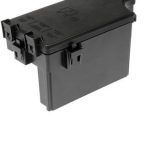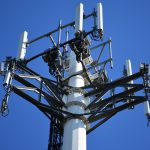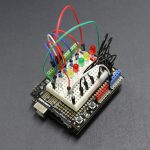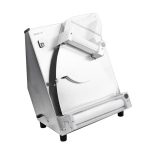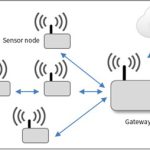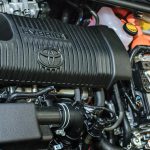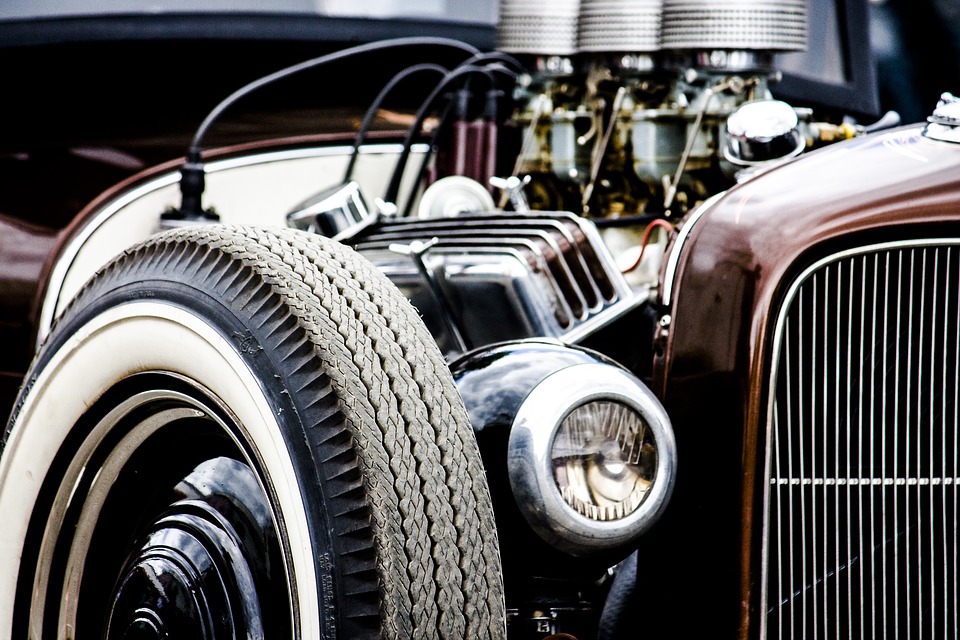
The unwitting appeal of Brushless Motors
The brushless motor revolution may have been quite but its results are evident everywhere you look. Brushless motors are now used in smartphones vibrators, electric vehicles, electric bicycles, leaf blowers, cordless drills among others. Brushless motors have rapidly become the motor of choice for many application from industrial engineering, HVAC, transport and motion control systems among many other sectors. This shift in preference from brushed to brushless motors can be attributed to their ability to deliver high efficiency in a small package, durability and controllability.
The architecture of Brushless motors
Brushless motors adhere to the same method of converting electrical energy to mechanical energy just like their brushed counterparts. Current traveling through a wire winding generated a magnetic field in which generates a force on the winding in the presence of another magnetic field. The generated force reaches peaks when its conductors are at 90° to the second field. If you increase the number of coils, you increase the output of the motor and ensure a smooth power delivery.
To overcome the requirement for mechanical commutation, brushless motors reverse the motor set-up; the stator embodies the winding while the permanent becomes part of the rotor. The stator comprises steel laminations that have been fitted axially in order to accommodate an even number of windings in the inner periphery. The rotor embodies a shaft and a hub with permanent magnets organized in a manner to form 2 to 8 pole pairs with alternating ‘N’ and ‘S’.
Powering brushless motors
Brushless DC motors are powered through MOSFETs which have been arranged in the structure of a bridge to enable each to govern the switching of the phases. The high-side MOSFETs are controlled via Pulse Width Modulation (PWM) a process which converts DC into modulated driving voltage. PWM makes it possible to limit startup current while offering precise control over speed and torque.
Controlling Brushless DC Motors
Sinusoidal control
Sinusoidal control offers smoother and quieter operation. All the three coils remain energized throughout to enable driving current to vary in a sinusoidal manner at an angle of 120° from one another resulting in smooth power delivery hence smooth and quiet operation.
Field-oriented control
This technique relies on the measuring and adjusting of the stator current to maintain the angle between the rotor and stator at 90° always. Field-oriented control is ideal for high speeds when compared to the sinusoidal method since it offers better performance with respect to dynamic loads changes. This technique eliminates ripples and smoothens power delivery resulting in accurate motor control during both high and low speeds.
Trapezoidal control
In this technique, the MOSFET Bridge switching has to occur in a precisely defined sequence for the BLDC motor to operate in an efficient manner. The sequence of switching sequence is determined by the relative positions of the magnet pairs of the rotor and the windings of the stator. Three-phase brushless DC motors need a six-step commutation sequence in order to complete one electrical cycle. The number of RPMs per electrical cycle is a resolved by the number of pairs of magnets on the rotor.
Summary
Brushless DC motors are here to stay. Their applications are also growing rapidly. It’s therefore prudent that designers master how to power and control so that they can employ the technique that best suits their application.








